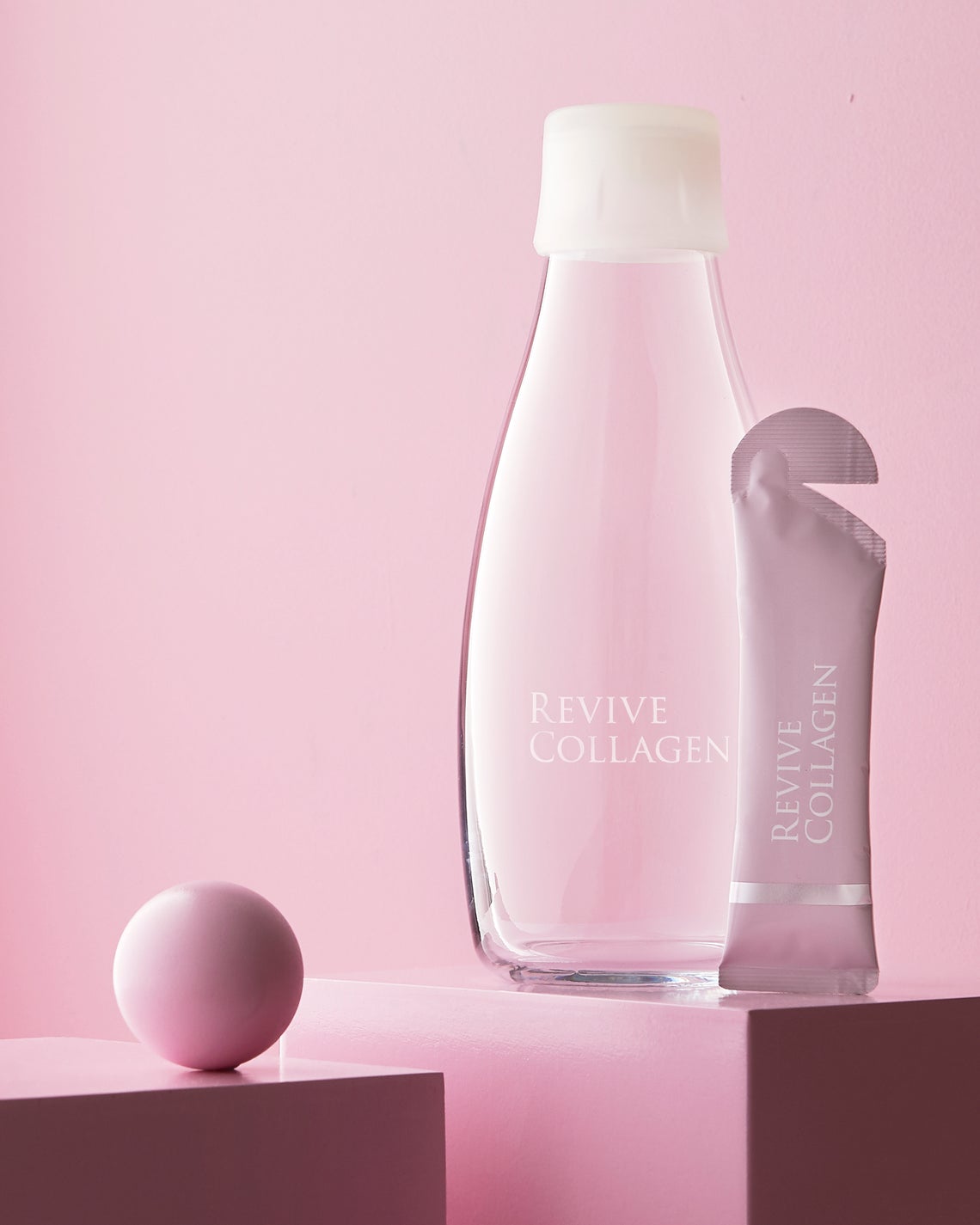In our bodies, there are 28 different types of collagen. However, the primary types are responsible for making up our being. Every single type contains a unique sequence of amino acids, which play a different role within the body. When shopping around for a liquid collagen supplement to add to your beauty regimen, you will find that many of these products contain Type 1, 2 and 3. That is because this is the most plentiful collagen which naturally occurs in our tendons, skin, bones, connective tissue and cartilage. In this article, we will be looking at the five main types of collagen and how they differ from each other.
The Different Types of Collagen
Collagen makes up a large percentage of our bodies and can be found in many of our vital organs, bones, tendons, skin and connective tissues. As we age, our production naturally slows down and taking a collagen supplement is one way to help increase your body's supply. Whilst there are five main types of collagen, your body can’t actually differentiate between them. When you take a collagen supplement, your body ingests it, breaks it down, then turns it into a ‘pool’. Your body knows where you are lacking protein and that is where the collagen will be used.
Revive Collagen is made from Type 1 Hydrolysed Marine Collagen, which is known to be the most effective collagen type as it’s made from glycine, proline and hydroxyproline. Hydrolyzed collagen is immediately available for absorption. This is because during the process of hydrolysis, the super collagen molecules get broken down into minute-sized fragments, called peptides. The peptides are then small enough to be easily absorbed through the intestine and then into the bloodstream.
Whilst it can be difficult to target certain areas of the body with collagen supplements, taking one that contains additional benefits such as Revive Collagen Enhanced Plus is a good option if you are looking to cover all bases.

Type 1
Whilst all types of collagen are arguably very important, Type 1 is what makes the most of our bodies. Every tissue, tendon, skin, cartilage, connective tissue and bones contain this variant of collagen, which are densely packed fibers wound into a triple helix structure. This unique shape gives this structure an amazing amount of elasticity. Our natural supply of Type 1 collagen will degrade over time, becoming more and more apparent on our skin. This is what can potentially cause wrinkles, fine lines and less radiant skin.
Type 2
Type 2 can be found in our carticalige. This type of collagen also has a triple-helix structure but has more loosely packed fibres, meaning it isn’t as flexible. Our bones and joints harbour Type 2 collagen as it provides a cushion for these areas of our body, protecting them from any aggressors.
Type 3
Found in tandem with Type 1, Type 3 is responsible for the makeup of our muscles, aretries, organs, the spleen, blood vessels, and some internal organs such as our uterus. Even some of our bones have a minimal amount of this type of collagen, making a really important building block for our bodies.
Type 4
Type 4 differs from the rest, as it doesn’t have a fibrous triple-helix structure. This type is in more of a web-like pattern, which can be found in the skin, liver, kidneys and other internal organs. Type 4 is the thin layer of collagen which lives outside of our cells, this gives the cells their all important structure.
Type 5
Finally, type 5 aids in forming the cell surfaces and hair. However, one of this type's most important roles comes in when a woman is pregnant. Type 5 is responsible for creating the placenta, which is the connecting force between mother and baby, bringing forward all the nutrients the fetus will need to be able to grow.


